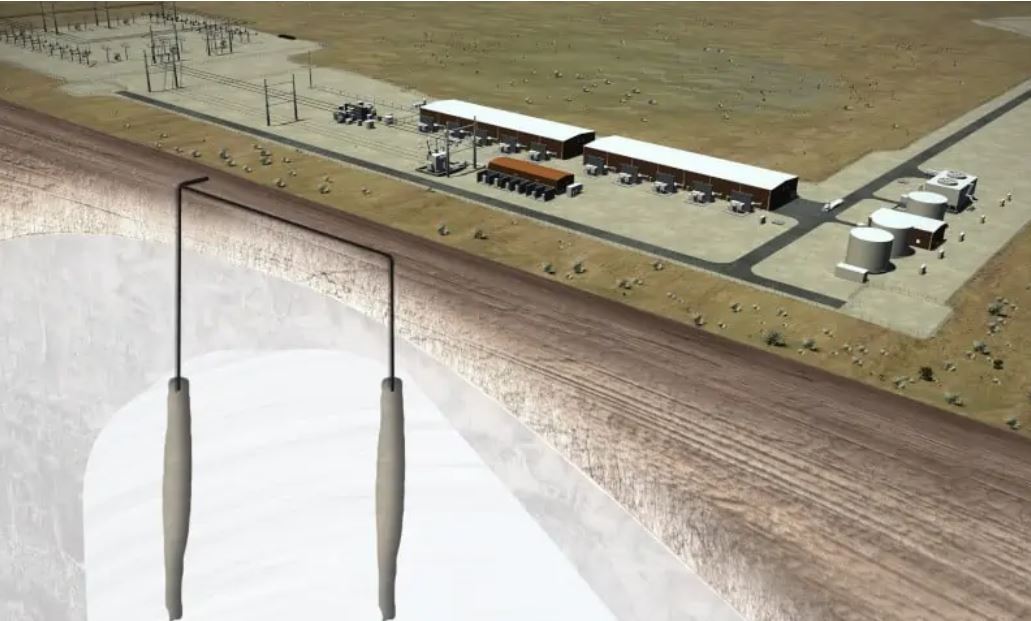From pv magazine global
Aces Delta, a joint venture between Mitsubishi Power Americas and Magnum Development LLC, plans to build an underground storage project with a capacity of 300 GWh in Delta, Utah.
Advanced Clean Energy Storage I, LLC recently won a $504.4 million loan guarantee from US Department of Energy’s (DOE) Loan Programs Office for the construction of the storage facility. The project will store hydrogen generated by the Intermountain Power Agency’s IPP Renewed Project – an 840 MW hydrogen-capable gas turbine combined cycle power plant located in the area.
“The plant will initially run on a blend of 30% green hydrogen and 70% natural gas starting in 2025 and incrementally expand to 100% green hydrogen by 2045,” Aces Delta said in a statement.
US-based contractor WSP USA has secured an engineering, procurement and construction management contract (EPCM) to build the two underground hydrogen storage caverns, each with a capacity of 150 GWh.
“This stored green hydrogen becomes an energy reserve that can be released to produce fuel for electric power generation at any time,” said WSP USA.
The storage caverns and the power plant will form the Advanced Clean Energy Storage hub, which Aces Delta says will convert renewable energy via 220 MW of electrolyzers to produce up to 100 metric tons of green hydrogen per day. The development of the project began in May 2019.
“Central Utah is the ideal location for this project, and Utah is a business-friendly state for projects like this,” said Craig Broussard, CEO of Magnum. “Magnum’s site adjacent to the Intermountain Power Project is positioned to take full advantage of existing regional electricity grid connections, fully developed transportation infrastructure, ample solar and wind development capacity, a skilled workforce currently transitioning away from coal, and, of course, the unique salt dome opportunity.”
Magnum Development also owns a domal-quality salt formation in the western United States and five operational salt caverns for liquid fuel storage.
This content is protected by copyright and may not be reused. If you want to cooperate with us and would like to reuse some of our content, please contact: editors@pv-magazine.com.









Very confusing.
We start with 30% hydrogen and 70% fossil fuel to run a power plant to run electrolyzers to create hydrogen eventually moving to 100% hydrogen to run the power plant to produce hydrogen to run the power plant….
You have invented perpetual motion.
Tell me more about the ‘green’ and ‘renewable’ parts.
Jim,
I think you are confusing two separate energy issues:
1. Using renewable energy to run electrolyzers to create green H2
2. Burning that H2 in an adjacent power plant, initially in a blend with NG, to produce electricity.
The electricity will largely be sent hundreds of miles away to power homes and businesses, and electric vehicles now, thanks to CARB!.
The power plant burns coal now.
In 2025, the retrofit begins to burn H2 + NG.